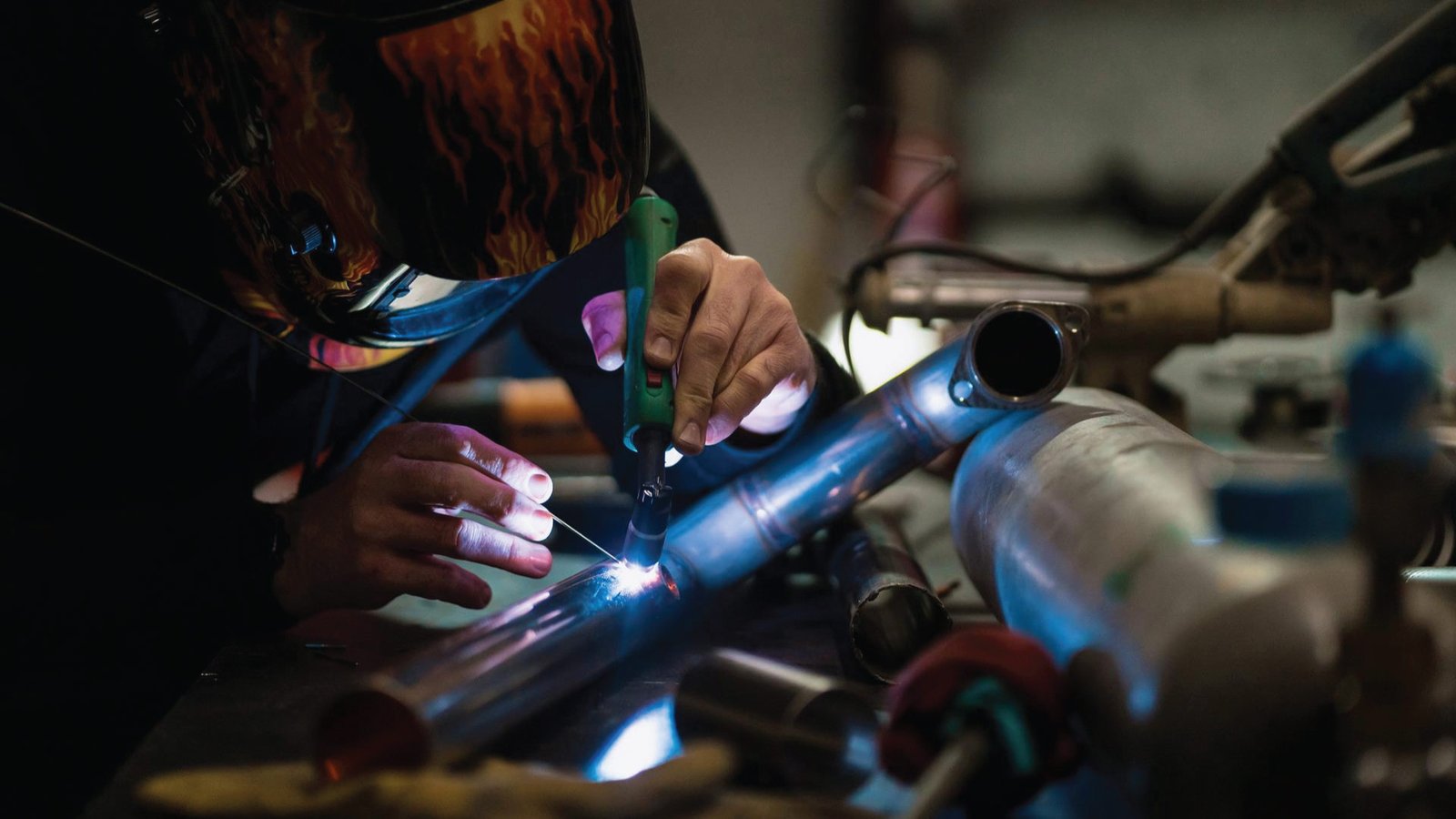Durable metal parts define success in aerospace, marine, and energy. Explore solutions for reliability in harsh environments.
What happens when the most innovative product that your company has created is as strong as the bolts that are holding it together? This is not an engineering question in 2025. It is a discussion at the boardroom level. Durability has become a competitive edge as industries stretch boundaries, developing hypersonic aircraft, constructing offshore energy farms, and equipping spaceships to travel to other planets.
In the current high-stakes world, even the failure of one component can cost millions, lead to regulatory enquiries, and destroy trust. Whether durability is important is now a question of the past; whether leaders are putting enough resources into materials science and manufacturing innovation to achieve resilience in extreme conditions.
Table of Contents
Durability as Strategy
Heat Resistance in the Age of Hypersonics
Winning the War on Corrosion
Aerospace and Defense Drive Innovation
Manufacturing Is Evolving
Balancing Innovation and Risk
The Leadership Imperative
Durability as Strategy
There are weak global supply chains and increasing operational risks. Executives are starting to realize that long-lasting metal components are not only purchasing choices, but they are dual investments in brand name and continuity.
In 2024, one offshore turbine blade failure put a full wind farm out of commission for weeks, costing its operators millions. An event like this confirms that durability is not an engineering fact but a growth facilitator. The more sustainable companies adopt durability as a risk management policy, the more investors show confidence and the reduced insurance premiums.
Heat Resistance in the Age of Hypersonics
With aerospace and energy industries reaching the limits of performance, metals should be able to resist unprecedented heat. In high demand are titanium alloys, superalloys, and ceramic composites. Simulations powered by AI are now able to forecast the wearout of materials in advance before prototypes leave the laboratory, eliminating expensive trial-and-error loops.
The precision materials needed to survive in hypersonic flight and nuclear applications do not just survive at high temperatures, but flourish in them. Industry projects that by 2027, AI-assisted design will reduce material testing time by almost half, which will speed up innovation.
Each year, corrosion costs the world economy trillions of dollars, especially in the marine and offshore sectors. The positive fact is that innovation is closing in.
- In 2024, nanostructured coatings have increased the life cycles of offshore wind turbines.
- Corrosion can now be monitored in real-time by smart sensors placed in the hulls of ships.
- Self-healing materials are becoming popular in salty areas.
Efforts by executives to invest in such solutions are not simply about saving on maintenance costs. They are also developing competitive advantages regarding the reduction of downtime and regulatory risk.
Aerospace and Defense Drive Innovation
Aerospace and defense provide no better example of the stakes of durable components. Any one failure at 35,000 feet or on a military field could be disastrous. The industry is pushing the need to find lightweight, ultra-strong alloys that are both resilient and green.
Even sustainability is a design requirement. Executives need to select the materials that are recyclable and have a lower carbon footprint whilst satisfying the extreme performance. Firms that address this twofold challenge will be top in innovation and ESG indicators.
Additive manufacturing is transforming the way we make high-level metal components. 3D printing allows an intricate geometry to be created without the addition of weight that does not add value, and digital twins can be used to simulate performance in the most hostile of conditions.
This is an innovation-led strategy that will transform procurement. Predictive analytics would enable additive manufacturing to cut component lead time by 40 percent by 2027, providing the first movers an advantage.
Durability is not engineering excellence, but it is risk mitigation and long-term strategy. Leaders may make major moves to future-proof their supply chains:
- Make an investment in traceability devices to ascertain the integrity of material and sourcing.
- Implement predictive maintenance solutions to increase service life.
- Enter cross-industry alliances to split the bill of breakthrough research and development.
Companies that tie their durability ambitions to board KPIs are innovators and not reactive players.
Durable metal parts may be a technicality, but they are the basis of the most ambitious innovations in the world. It can be a hypersonic jet, a deep-sea mining ship, or a next-gen energy grid, and the resiliency of components will make the difference.
Executives who make durability a strategic priority by making investments in material science, predictive technology, and sustainable solutions will not only reduce risk. They will provide a benchmark of performance in industries where failure is not tolerated.
The question to the leaders is straightforward: Are your products going to succeed in the climates of the future, or is durability the Achilles heel of your company?
Discover the latest trends and insights—explore the Business Insights Journal for up-to-date strategies and industry breakthroughs!

